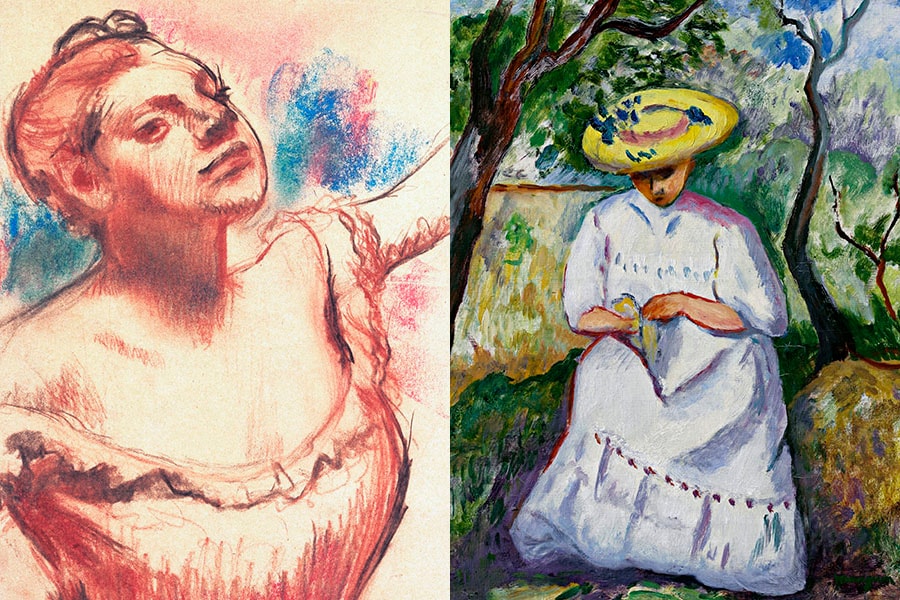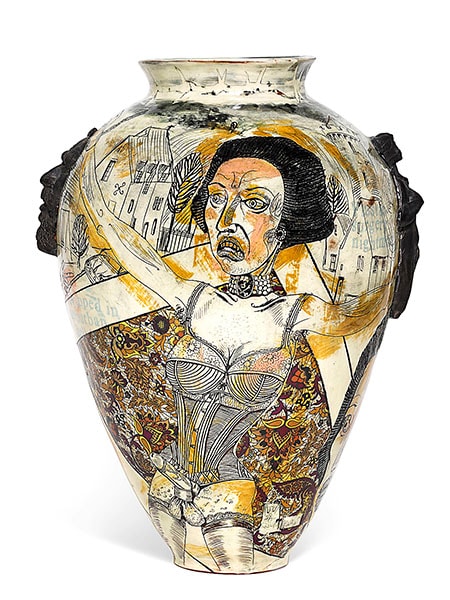
Going, going, gone (online)
Digital events by art auction houses are doing better than before, but are hardly enough to compensate for cancelled physical ones
 Christie’s La Vie En Rose collection, which was auctioned between May 12 and 28
Christie’s La Vie En Rose collection, which was auctioned between May 12 and 28
For anybody who has attended an art auction, it is the electric atmosphere in the bidding room—the thrill of the chase—that almost defines the sales. As the auctioneer stirs up the excitement with each artwork being brought in by gloved attendants, bidders begin their frenzied one-upmanship. As the bids climb higher, almost inevitably they shift to bidders who are only on telephones and, now, online—the highest prices are rarely quoted by those who are willing to be seen. Gasps are heard from those in the room, as the auctioneer announces each new bid, outdoing the previous one. Finally, the hammer comes down, and the pantomime is over.
Now, imagine this entire process, with only an auctioneer standing at the podium in a room devoid of any other humans, hammer in hand. It could well become a reality, given the effect that the coronavirus pandemic has had on the very ways in which people come together—art being one of them.
“As Europe begins to open up gradually after the lockdowns, we might have physical auctions again,” says Sonal Singh, managing director of Christie’s India. “We will have to maintain social distancing of course. We might even have the option of having an auctioneer in the room, but no bidders.”
That the pandemic would upend the art market was first indicated by the cancellation of the first major art event, Art Basel Hong Kong, scheduled for March. The event, instead, launched online viewing rooms and VIP preview days. The online viewing rooms allowed collectors to browse thousands of artworks and directly contact galleries with sales inquiries. “As the art market continues to evolve, Art Basel has continually investigated how new technologies can give us new opportunities to support our galleries. The online viewing rooms will provide galleries with a further possibility for engaging with our global audiences, complementing the essential personal interactions that continue to underlie the art market,” said Marc Spiegler, global director, Art Basel, at the time of the announcement.
.png) Christie’s La Vie En Rose collection, which was auctioned between May 12 and 28
Christie’s La Vie En Rose collection, which was auctioned between May 12 and 28
(This story appears in the 30 November, -0001 issue of Forbes India. To visit our Archives, click here.)




 The I Have To Stay At Home collection auctioned by Sotheby’s on May 28
The I Have To Stay At Home collection auctioned by Sotheby’s on May 28
 The I Have To Stay At Home collection auctioned by Sotheby’s on May 28
The I Have To Stay At Home collection auctioned by Sotheby’s on May 28
.jpg) Sotheby’s Arts of the Islamic World & India collection that’ll go up for auction on June 10
Sotheby’s Arts of the Islamic World & India collection that’ll go up for auction on June 10




